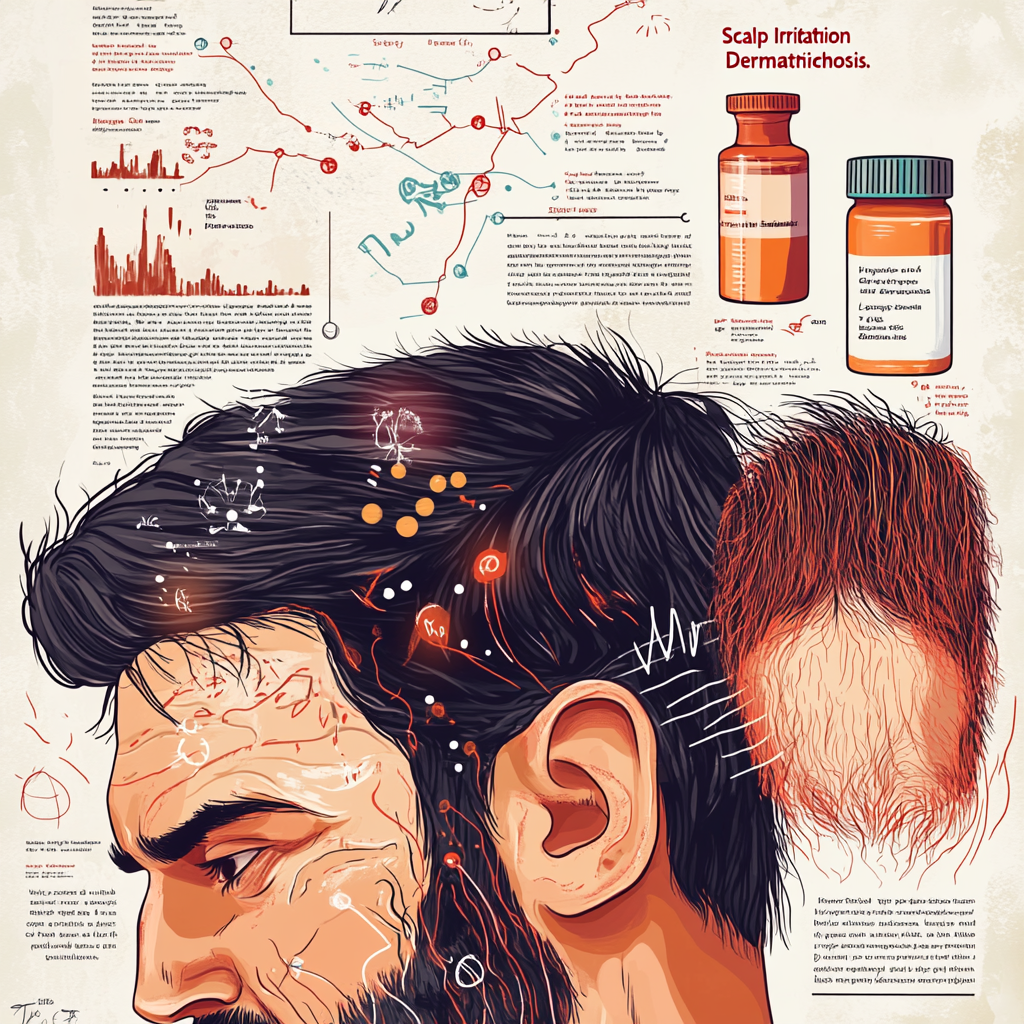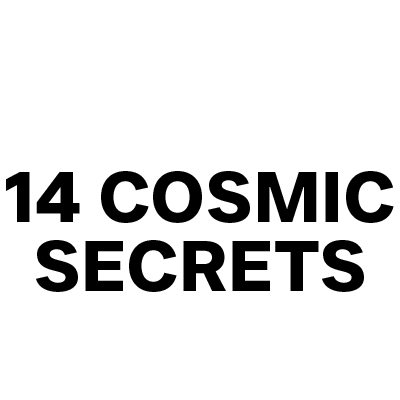
Top Ten Side Effects of Minoxidil
Share
Here are the top 10 side effects of Minoxidil:
Minoxidil is a medication primarily used to treat hair loss, particularly androgenetic alopecia. While it is generally considered safe and effective, it is associated with a range of side effects. This article will explore the top ten side effects of minoxidil, drawing from various scholarly articles and clinical studies.
The top 10 side effects of Minoxidil are as follows:
- Irritant Contact Dermatitis
One of the most common side effects of topical minoxidil is irritant contact dermatitis, which manifests as itching, redness, and scaling at the application site. The incidence of this condition is notably lower with the 2% formulation compared to the 5% formulation. Patients experiencing these symptoms may need to discontinue use or switch to alternative formulations, such as those that are propylene glycol-free.

- Allergic Contact Dermatitis
Though less common than irritant dermatitis, allergic contact dermatitis can occur in response to minoxidil or its vehicle components. Symptoms include localized rash and severe itching. Patch testing may be necessary to identify the specific allergen. If an allergy is confirmed, patients should discontinue all minoxidil products.

- Hypertrichosis
Hypertrichosis, or excessive hair growth in areas not treated with minoxidil, is another notable side effect. This condition is more prevalent with the 5% formulation and tends to occur more frequently in women than men. The mechanism behind this phenomenon may involve systemic absorption leading to stimulation of hair follicles outside the intended treatment area.

- Increased Hair Shedding
Interestingly, some users report increased hair shedding shortly after starting minoxidil treatment. This phenomenon, often referred to as "shedding," can be alarming but is typically temporary. It may result from the drug's mechanism of action, which accelerates the transition of hair follicles from the telogen (resting) phase to the anagen (growth) phase.

- Scalp Irritation
Scalp irritation is a frequent complaint among minoxidil users. Symptoms can include burning sensations, inflammation, and soreness at the root of hair. These reactions may be exacerbated by improper application techniques or using other hair products concurrently.

- Facial Hair Growth
Facial hair growth is a specific type of hypertrichosis that some women experience while using minoxidil. This side effect can lead to cosmetic concerns and may require additional treatments to manage unwanted facial hair growth.

- Cardiovascular Effects
Oral minoxidil has been associated with more serious cardiovascular side effects compared to its topical counterpart. These can include postural hypotension (a drop in blood pressure upon standing), tachycardia (increased heart rate), and fluid retention leading to weight gain or congestive heart failure in susceptible individuals. These effects are dose-dependent and typically occur at higher doses.

- Pericardial Effusion
Rarely, oral minoxidil can lead to pericardial effusion, which is an accumulation of fluid around the heart. This condition may cause symptoms such as chest pain or discomfort and requires immediate medical attention if suspected.

- Headaches
Some users report experiencing headaches while using minoxidil, particularly oral formulations. These headaches can vary in intensity and frequency but are generally not severe enough to warrant discontinuation of treatment unless they become persistent or debilitating.

- Other Dermatological Reactions
Additional skin-related side effects can include acne at the site of application, seborrhea (oily skin), and other rashes such as bullous eruptions. These reactions may necessitate adjustments in treatment or additional dermatological care.

Summary of The top 10 side effects of Minoxidil:
Conclusion:
Minoxidil remains a widely used treatment for hair loss due to its efficacy; however, it is essential for patients to be aware of potential side effects. While many individuals tolerate minoxidil well, others may experience adverse reactions that could impact their treatment adherence. Patients should consult healthcare professionals if they encounter any concerning symptoms while using minoxidil. Monitoring for side effects can help mitigate risks and ensure that patients receive optimal care during their treatment journey.In summary, while minoxidil offers significant benefits for those suffering from hair loss, understanding its potential side effects—ranging from mild dermatological reactions to serious cardiovascular issues—is crucial for informed decision-making regarding its use.
Bottomline: It is better to use Natural Ingredients rather than use harsh chemicals which can lead to adverse long-term effects in the future. Read this article about Rosemary Oil to learn how you can choose natural & organic ingredients over factory-manufactured, mass-produced chemicals.
Further Reading:
- Top Ten Side Effects of Redensyl
- Top Ten Side Effects of Anagain
- Top Ten Side Effects of Glycerin
- How to Stop Hair Loss?
- Curry Leaves Oil - The Secret Ingredient.
References about The top 10 side effects of Minoxidil:
- Minoxidil and its use in hair disorders: a review by Poonkiat Suchonwanit,1 Sasima Thammarucha,1 and Kanchana Leerunyakul1
- https://www.sciencedirect.com/science/article/abs/pii/S0190962221004187
- Compliance to Topical Minoxidil and Reasons for Discontinuation among Patients with Androgenetic Alopecia
- https://www.mayoclinic.org/drugs-supplements/minoxidil-topical-route/side-effects/drg-20068750?p=1
- Minoxidil - Preeti Patel; Trevor A. Nessel; Dinesh Kumar D.
- https://www.sciencedirect.com/science/article/pii/S0190962287700875
- Side effects of low-dose oral minoxidil for treating alopecia Renée A. Beach, MD, FRCPC beach@wchospital.ca ∙ Katherine A. McDonald, MD ∙ Bianca Muylaert Barrett, MD ∙ Husam Abdel-Qadir, MD, PhD
- Minoxidil Use in Dermatology, Side Effects and Recent Patents DOI:2174/187221312800166859
